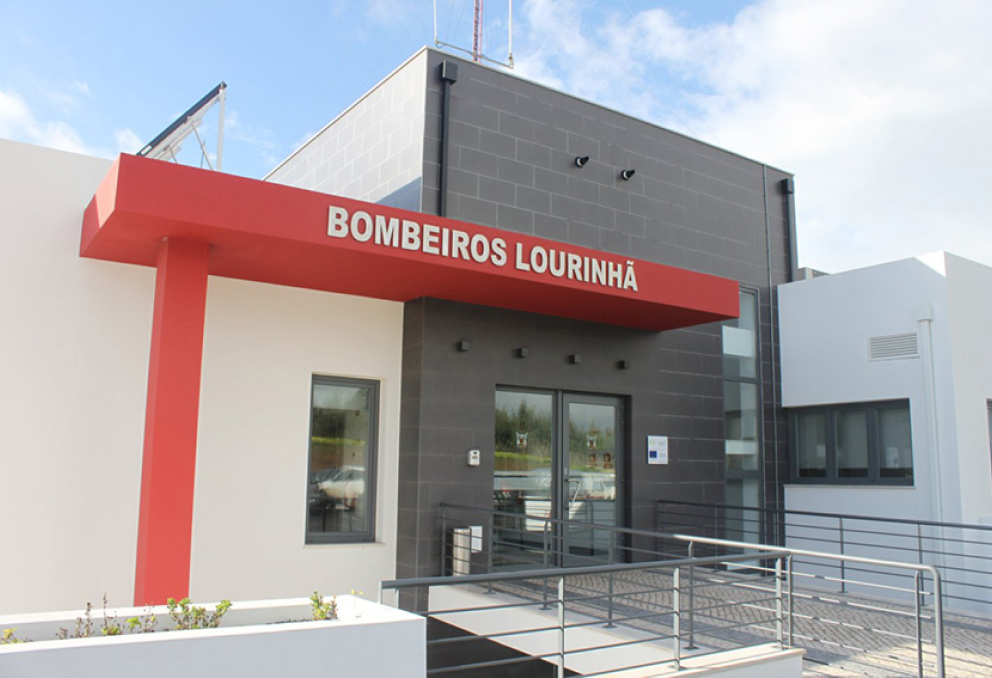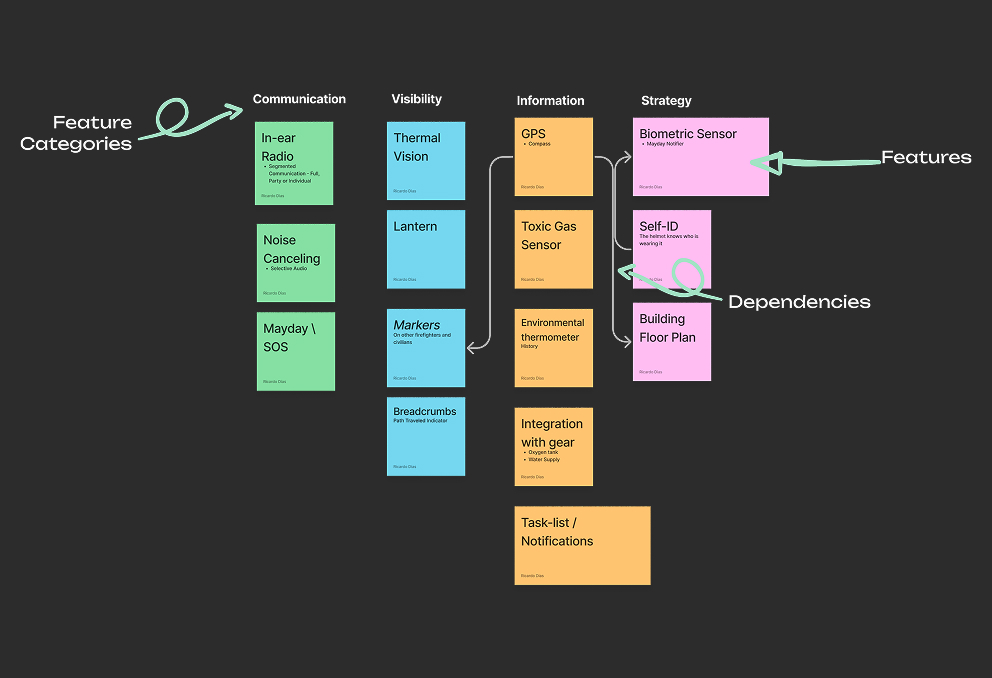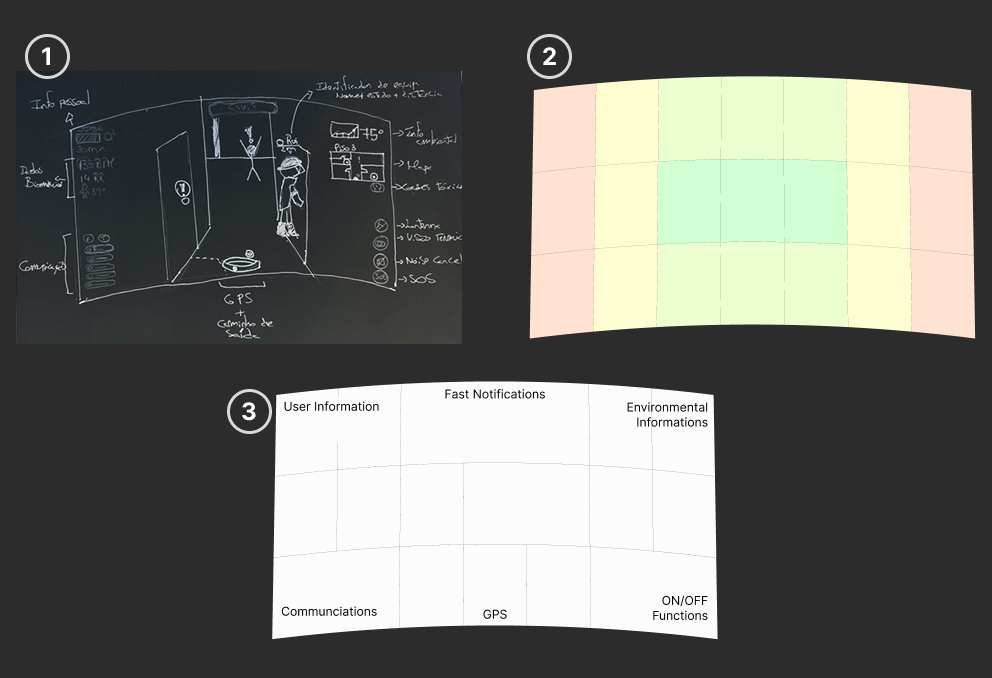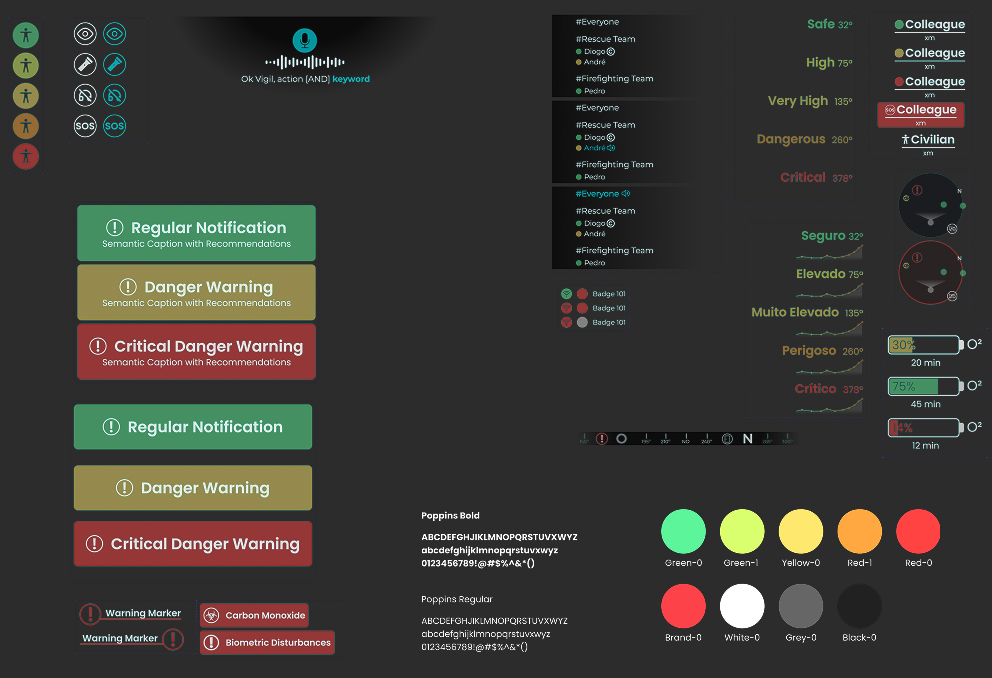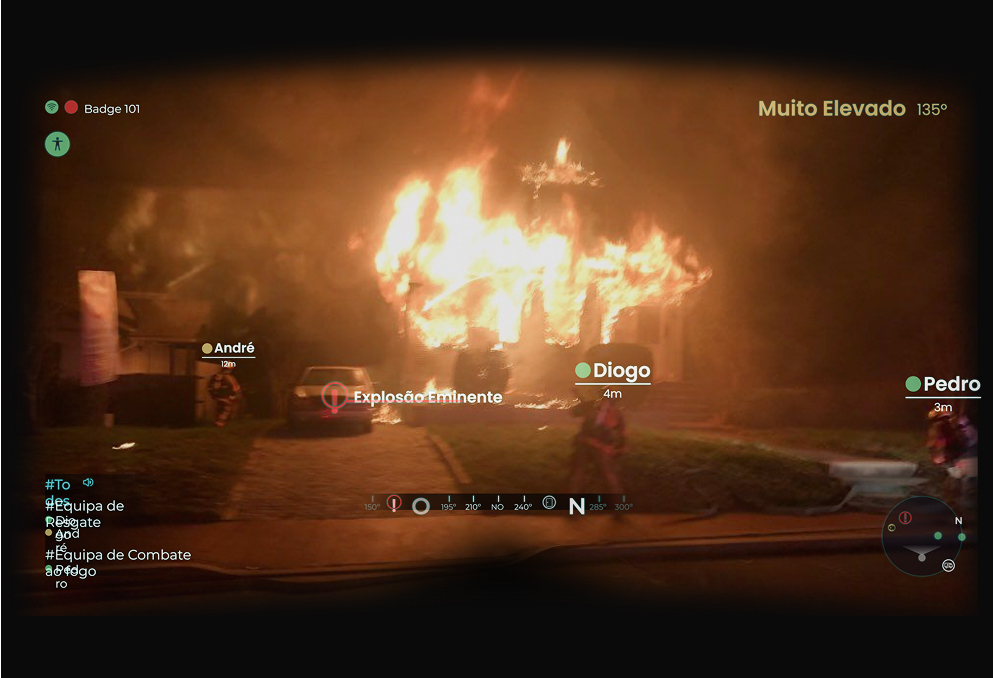Balancing Context with Clarity
This project was a valuable opportunity to explore how people interact with context-sensitive interfaces, i.e., systems that respond not just to user input, but also to environmental conditions.
I focused on designing an experience where the right information appears at the right moment. Prototyping these ideas posed a challenge due to the speculative nature of the hardware, requiring creative workarounds to simulate the intended interactions.
